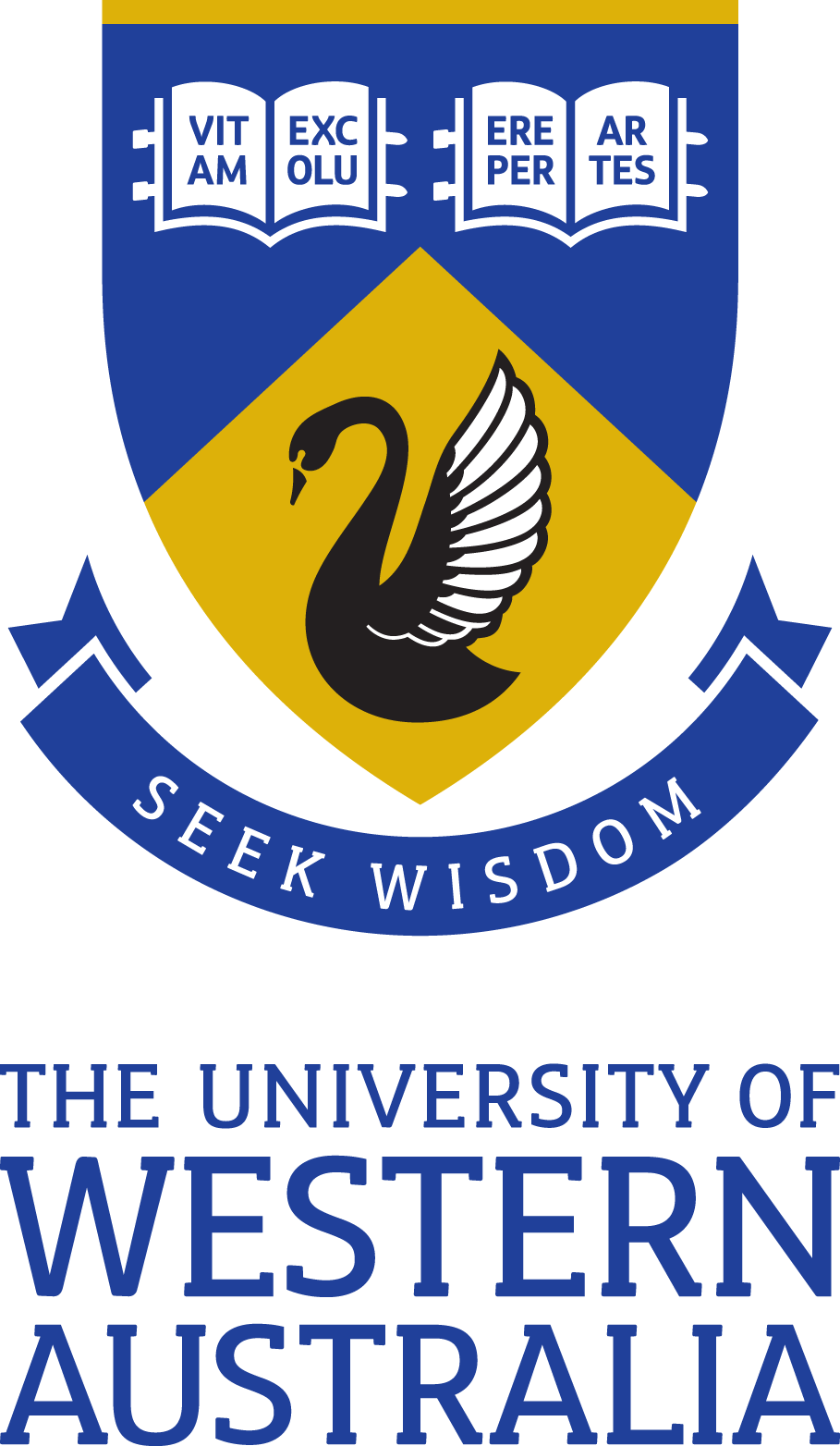Full description
We study the spatially resolved stellar specific angular momentum j* in a high-quality sample of 24 Calar Alto Legacy Integral Field Area galaxies covering a broad range of visual morphology, accounting for stellar velocity and velocity dispersion. The shape of the spaxelwise probability density function of normalized s = j*/j*mean, PDF(s), deviates significantly from the near-universal initial distribution expected of baryons in a dark matter halo and can be explained by the expected baryonic effects in galaxy formation that remove and redistribute angular momentum. Further we find that the observed shape of the PDF(s) correlates significantly with photometric morphology, where late-type galaxies have a PDF(s) that is similar to a normal distribution, whereas early types have a strongly skewed PDF(s) resulting from an excess of low-angular momentum material. Galaxies that are known to host pseudo-bulges (bulge Sérsic index nb < 2.2) tend to have less skewed bulge PDF(s), with skewness (b1rb) ≲ 0.8. The PDF(s) encodes both kinematic and photometric information and appears to be a robust tracer of morphology. Its use is motivated by the desire to move away from traditional component-based classifications which are subject to observer bias, to classification on a galaxy's fundamental (stellar mass and angular momentum) properties. In future, PDF(s) may also be useful as a kinematic decomposition tool.Notes
External OrganisationsAustralian National University; Swinburne University of Technology; ARC Centre of Excellence for All-sky Astrophysics; ARC Centre of Excellence for Astrophysics in Three Dimensions (ASTRO3D); Australian Astronomical Observatory; University of New South Wales; University of Queensland; ARC Australian Research Council; Johns Hopkins University; University of Cambridge; Ludwig Maximilian University of Munich; Max Planck Institute for Extraterrestrial Physics
Associated Persons
Sarah M. Sweet (Creator); Karl Glazebrook (Creator); Deanne B. Fisher (Creator); Andreas Burkert (Creator); Juan M. Espejo Salcedo (Creator)
Sarah M. Sweet (Creator); Karl Glazebrook (Creator); Deanne B. Fisher (Creator); Andreas Burkert (Creator); Juan M. Espejo Salcedo (Creator)
Issued: 2020-06
Subjects
Astrophysics - Astrophysics of Galaxies |
cD |
galaxies: bulges |
galaxies: elliptical and lenticular |
galaxies: evolution |
galaxies: fundamental parameters |
galaxies: kinematics and dynamics |
galaxies: spiral |
User Contributed Tags
Login to tag this record with meaningful keywords to make it easier to discover
Identifiers
- global : b1eebadf-2f10-4377-b40b-82ef439a1362


